'We're all just waiting': What the tariffs actually mean for designers
From Los Angeles studios to Paris ateliers, six insiders reflect on rising costs, murky policies and the future of global design
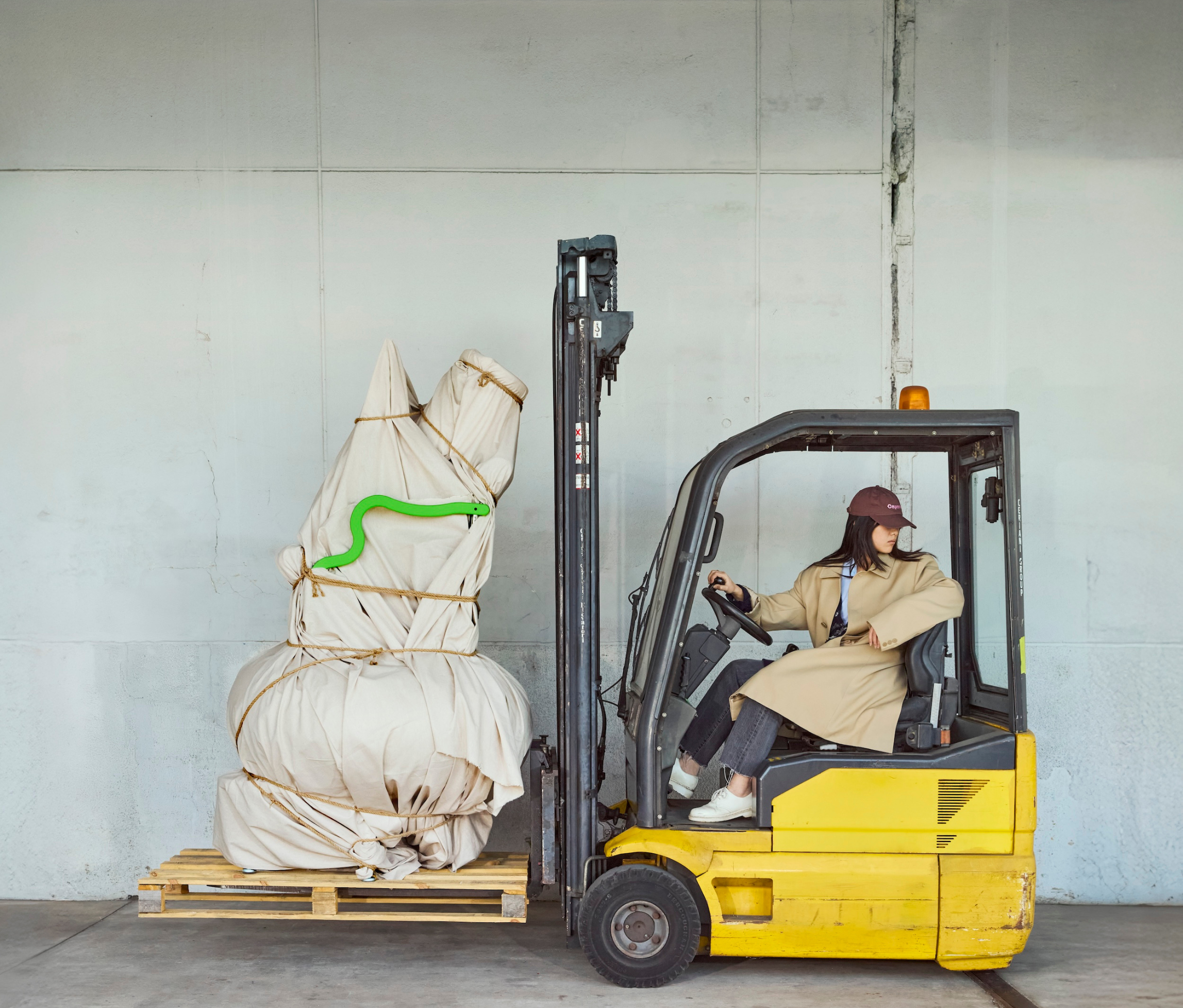
The ripple effects of newly proposed and implemented US tariffs on furniture and home goods are starting to reach American designers and global manufacturers alike. And while reactions vary depending on what side of the Atlantic (or supply chain) you're on, one thing is clear: uncertainty is the common denominator.
For interior designers sourcing high-end furnishings, especially vintage and fabric, there's confusion over what’s taxed, when and at what stage of the process. Product designers navigating international production pipelines are facing raw material markups and reconsidering where – and how – they manufacture. Even European firms who serve a U.S. clientele are feeling the tension, with some already adjusting pricing or strategy to stay competitive.
This spring, showrooms and studios began receiving notices: a surcharge would now be added to orders – ostensibly to offset tariffs, though details were often vague. In April, logistics companies like DHL temporarily suspended shipments over $800 from Europe to the US entirely, citing compliance complexities. On 12 May, a 90-day tariff reduction between the US and China was implemented, lowering general import tariffs from 125 per cent to 30 per cent and the tariff on packages under $800 from 120 per cent to 52 per cent.
While the actual rates and timelines remain in flux, the prevailing mood is one of pause: designers are waiting to place orders, to communicate pricing changes to see how – if at all – American manufacturing might respond. Some brands are quietly scaling back their U.S. presence. Others are debating whether or not to add line-item surcharges. Many are still trying to understand where, exactly, the extra money is going.
We asked six voices across the design world – spanning California to Stockholm to Paris – to explain how they’re dealing with the upheaval. Here’s what they had to say, in their own words.
Cédric Morisset, CEO, Pierre Yovanovitch Group (Paris, France)
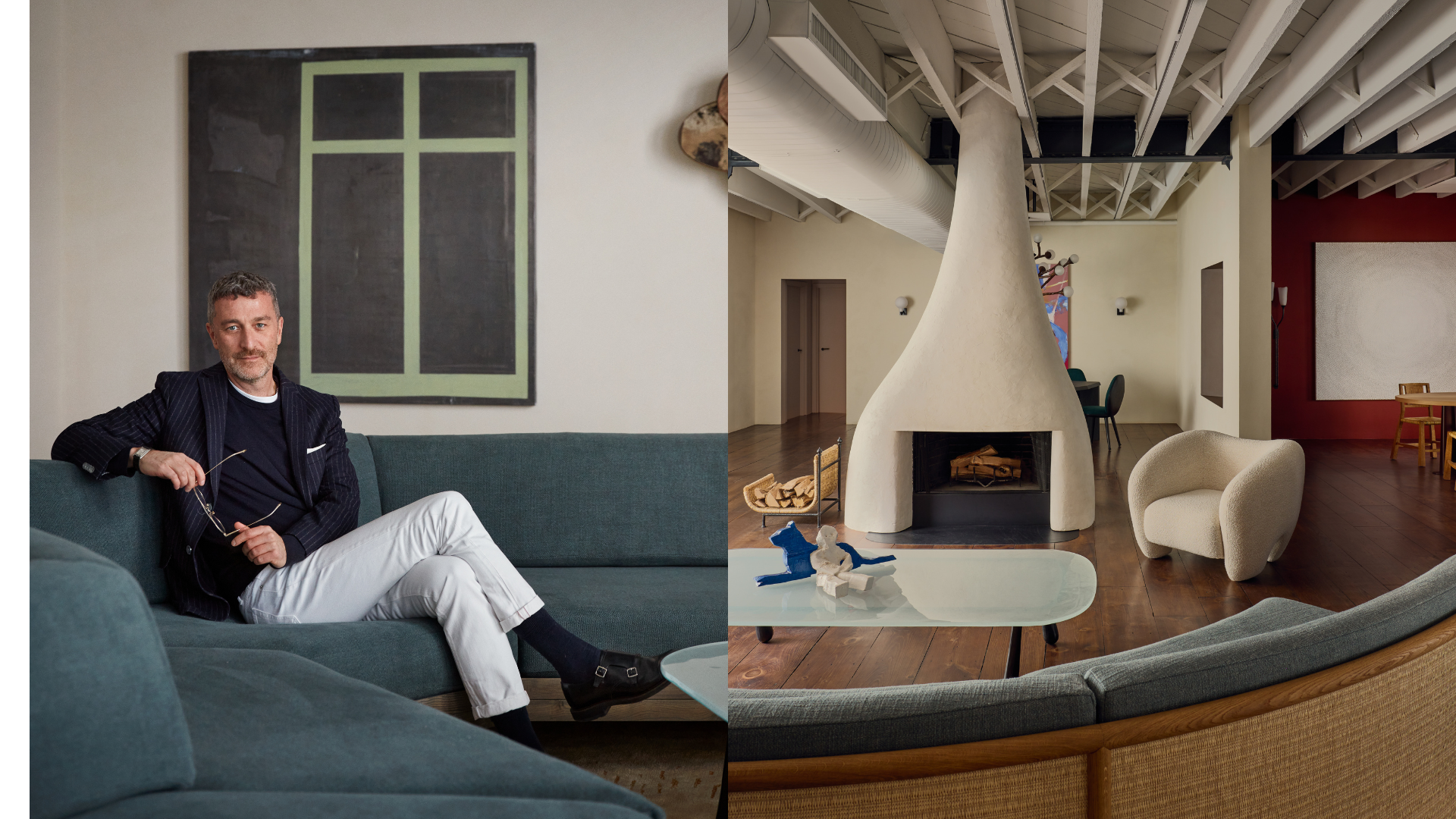
On luxury markets and lasting uncertainty:
'From a financial perspective, the 10 per cent tariff increase on our goods in the U.S., when combined with local sales tax, still results in a total cost that is often lower than the VAT applied to furniture sales in Europe. So while there is an impact, it is not as significant as one might expect.
Receive our daily digest of inspiration, escapism and design stories from around the world direct to your inbox.
This is especially true in the high-end market, where our furniture – anchored in unique craftsmanship and specialised savoir-faire – cannot simply be replicated elsewhere.
The greater impact lies in the confusion and uncertainty these changes create. This atmosphere can delay purchasing decisions, cause stock market fluctuations, stall large-scale projects, and shake client confidence. More importantly, it undermines the spirit of collaboration that drives our work.'
Roman Alonso, Cofounder, Commune Design (Los Angeles, California)
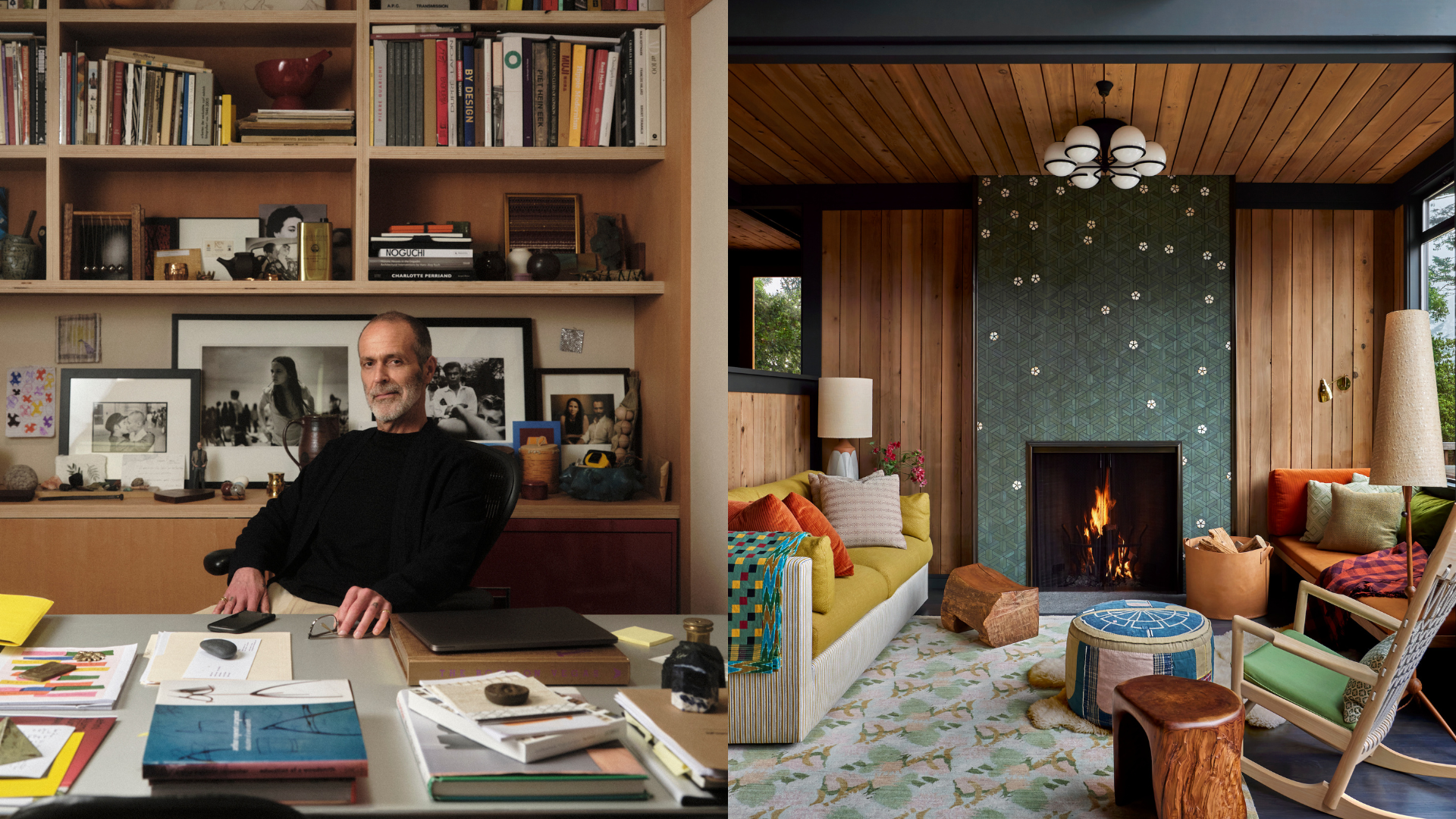
On local loyalty and keeping clients calm:
'Most of our vendors have guaranteed existing quotes and estimates, and everyone is waiting to see what happens after the three-month hiatus.
We always try to keep things as local as possible and always look for craftspeople in the area to support our [interior design] projects. From the start, Commune has been a proponent and supporter of American – specifically California – arts and crafts.
Of course our clients are concerned and have been asking a lot of questions. We’re trying to stay on top of the news, although it’s not easy with constant changes happening. The tariff situation just gives us more reason to continue to operate the way we always have.'
Petrus Palmér, Founder, Hem (Stockholm, Sweden)
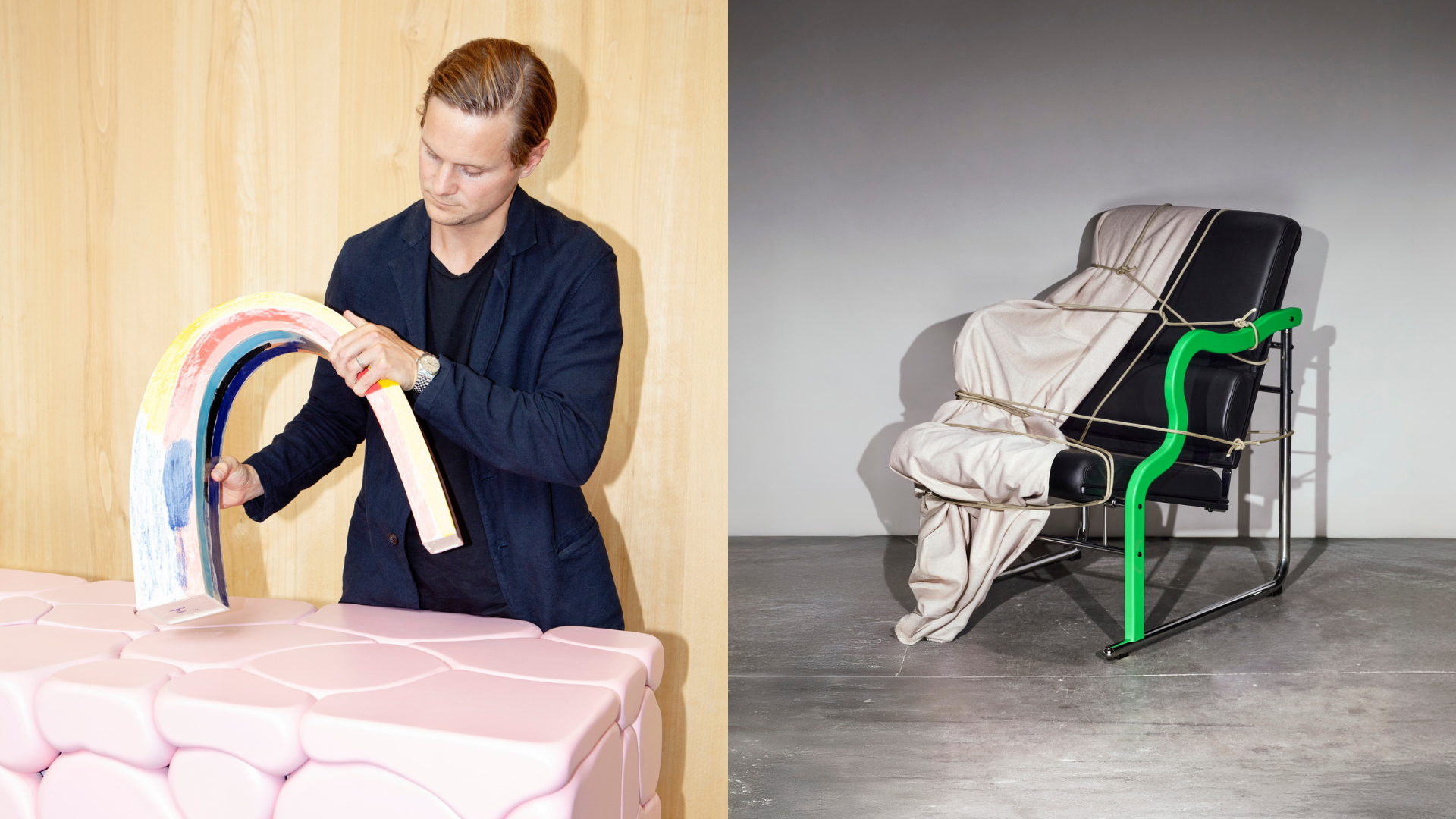
On preparation and a global approach:
'We’ve built Hem to be globally resilient. With warehouses in both Europe and the U.S. where we proactively stocked up, we’ve been able to cushion the impact of recent and proposed tariffs.
From day one, we’ve kept our trade partners in the loop, offering clear communication and minimizing surprises. The large majority of our products are made in Europe, which has helped us maintain stability in both pricing and lead times, despite global uncertainty.
Tariffs haven’t changed our belief in international collaboration—they’ve only reinforced the need for agile, transparent operations. Great design knows no borders, and we’ll keep building a business that reflects that.”
Lee Anne Blake, CEO, The Expert (Los Angeles, California)
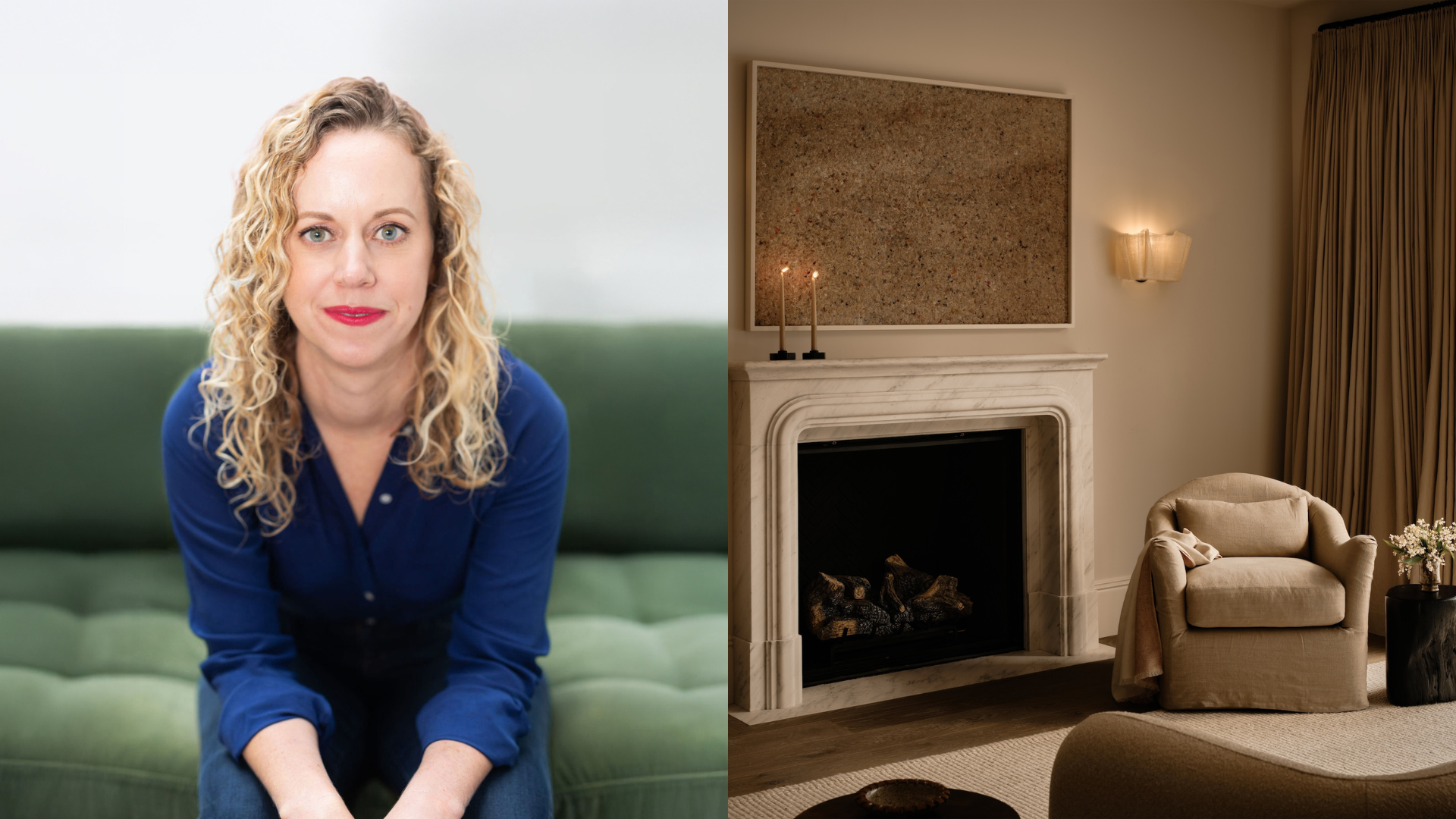
On domestic insulation and transparency with clients:
'Initially, we observed a wave of concern across the industry. The conversation quickly shifted to strategic decisions – whether to add surcharges, raise prices outright, or temporarily pause certain international products.
With the recent 90-day tariff pauses, we're seeing a more measured approach as businesses wait to assess long-term implications. This has actually highlighted one of our strengths: approximately 80 per cent of our brand partners and products are American-made, and our curated vintage collection is already stocked stateside and ready to ship, insulating much of our offering from these challenges.
The design community has been remarkably resilient, having already weathered significant supply chain disruptions during the pandemic. Rather than panic, we're observing designers taking a strategic approach – reconsidering their billing structures to account for potential tariff costs and becoming more intentional about domestic sourcing. The situation has prompted meaningful conversations about transparency with clients regarding potential delays or cost increases.'
Conor Taylor, Director, Foresso (Birmingham, England)
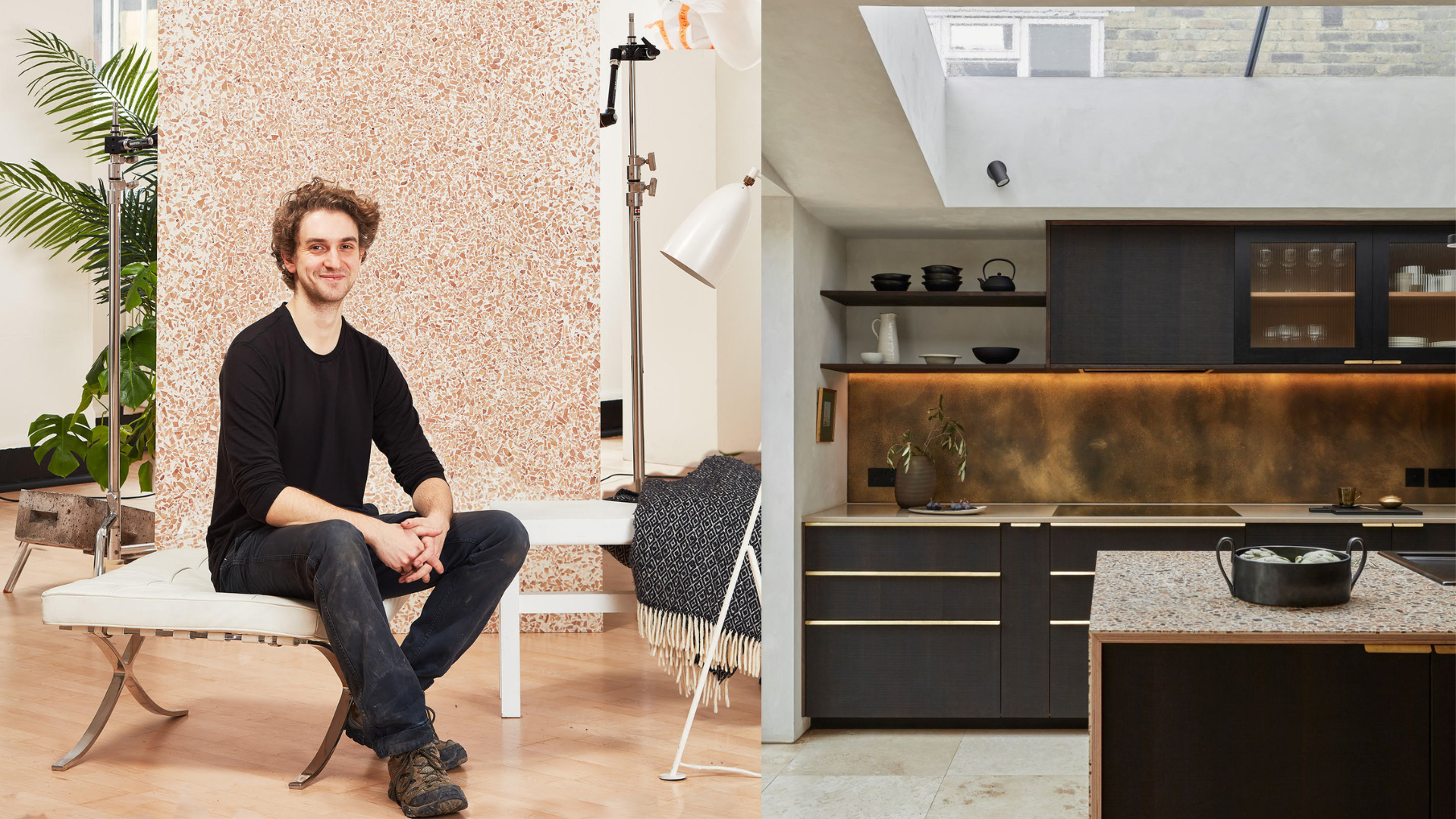
On systemic instability and emerging opportunities:
'The tariffs have been incredibly difficult for small businesses like ours. Larger companies may be able to slowly absorb the cost increases and stretch out their price hikes to avoid scaring customers, but for independents, there’s no buffer – every shift hits hard and fast.
What’s just as damaging as the tariffs themselves is the uncertainty they create. I’ve had conversations with other business owners who are already scaling back their presence in the US, redirecting budgets, and pulling out of trade fairs. I’ve heard of 10–25 per cent cuts to sales and marketing budgets, simply because people no longer feel confident investing in a market that feels unpredictable.
But disruption can also open up opportunities. I’ve been approached by several manufacturers looking to establish new partnerships to replace lost US trade. There’s a real appetite for connection and collaboration.
That said, supply chains in our industry – especially around materials for design and architecture – can’t just be relocated at will. Even if you invested tens or hundreds of millions of dollars in moving production, the maintenance parts and core materials would still need to come from abroad. And that’s before considering the cost of labour. For larger-scale, long-term projects, the uncertainty is even more destabilising – I’ve heard of cases where tariff rules have changed mid-transit, creating chaos and delays that ripple right through the build timeline.'
Charles de Lisle, Designer (San Francisco, California)

On unclear surcharges and future endeavors:
'There’s this wild card that’s been placed in our system that we don’t know how to manage yet. Tariffs are showing up on purchase orders – 5 per cent, 15 per cent – but no one can explain what the percentage is based on. We’ve received invoices where a $580 tariff charge is listed with no breakdown.
A goal of ours this year was to manufacture lighting at quantity. Every single component – porcelain sockets, switches, plugs – comes from China. There are no US manufacturers. The idea that American factories will step in isn’t realistic unless there's real innovation. Otherwise, I think we’ll just see prices go up and stay up, like they did after the pandemic.
Because our idea is to start small and make really beautiful things, hopefully it will be okay. My concern is that if we do want to scale, it's going to be challenging to figure out.'
-
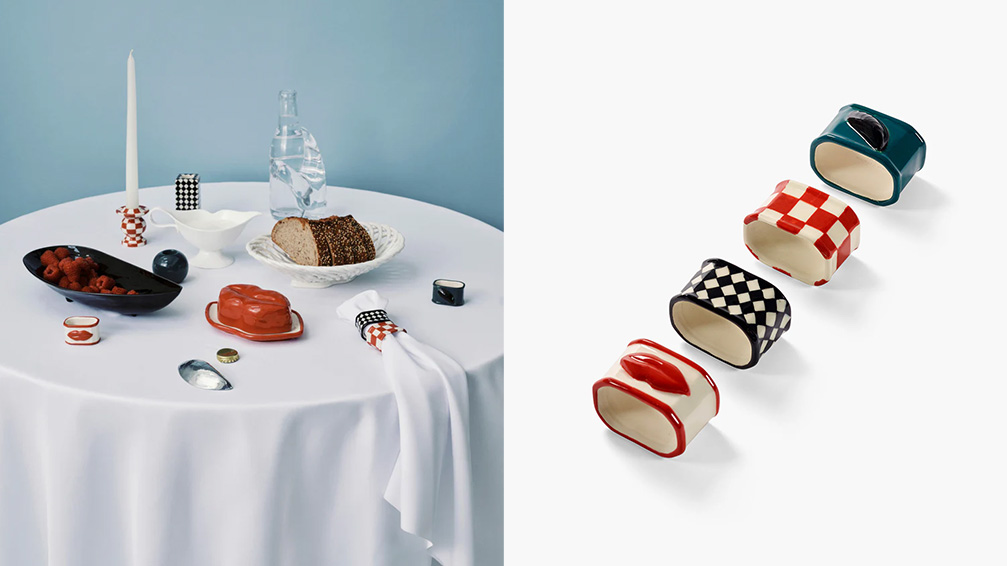 Sculptural, design-led napkin rings for festive tables
Sculptural, design-led napkin rings for festive tablesThe simple napkin ring harbours the potential to bring a stylish punch of personality to any table setting
-
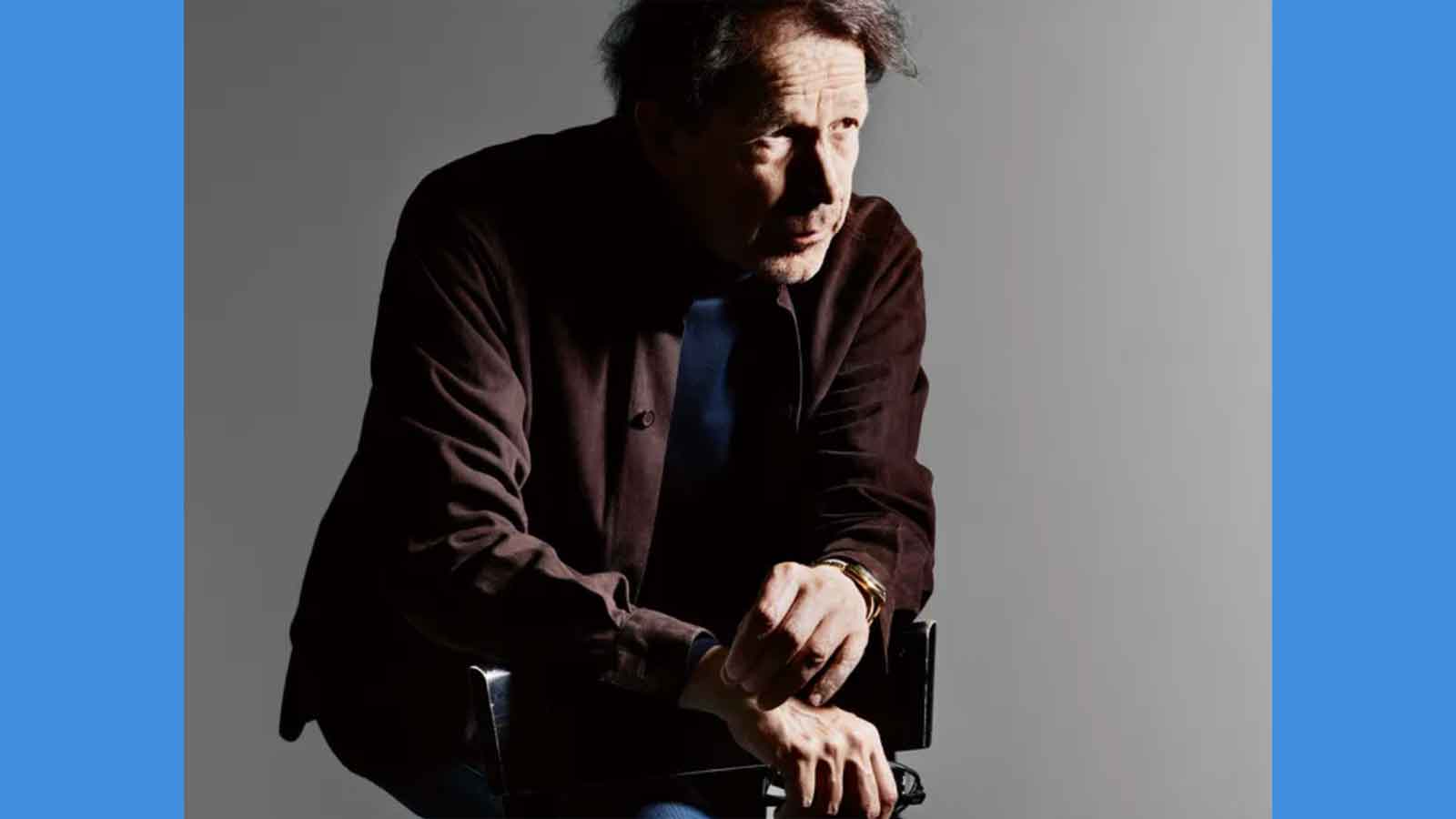 How Peter Saville came to art direct the best of contemporary culture
How Peter Saville came to art direct the best of contemporary cultureFrom Peter Saville's first steps with Factory Records and legendary album designs to his later work in art and fashion: we chart the history of the British art director
-
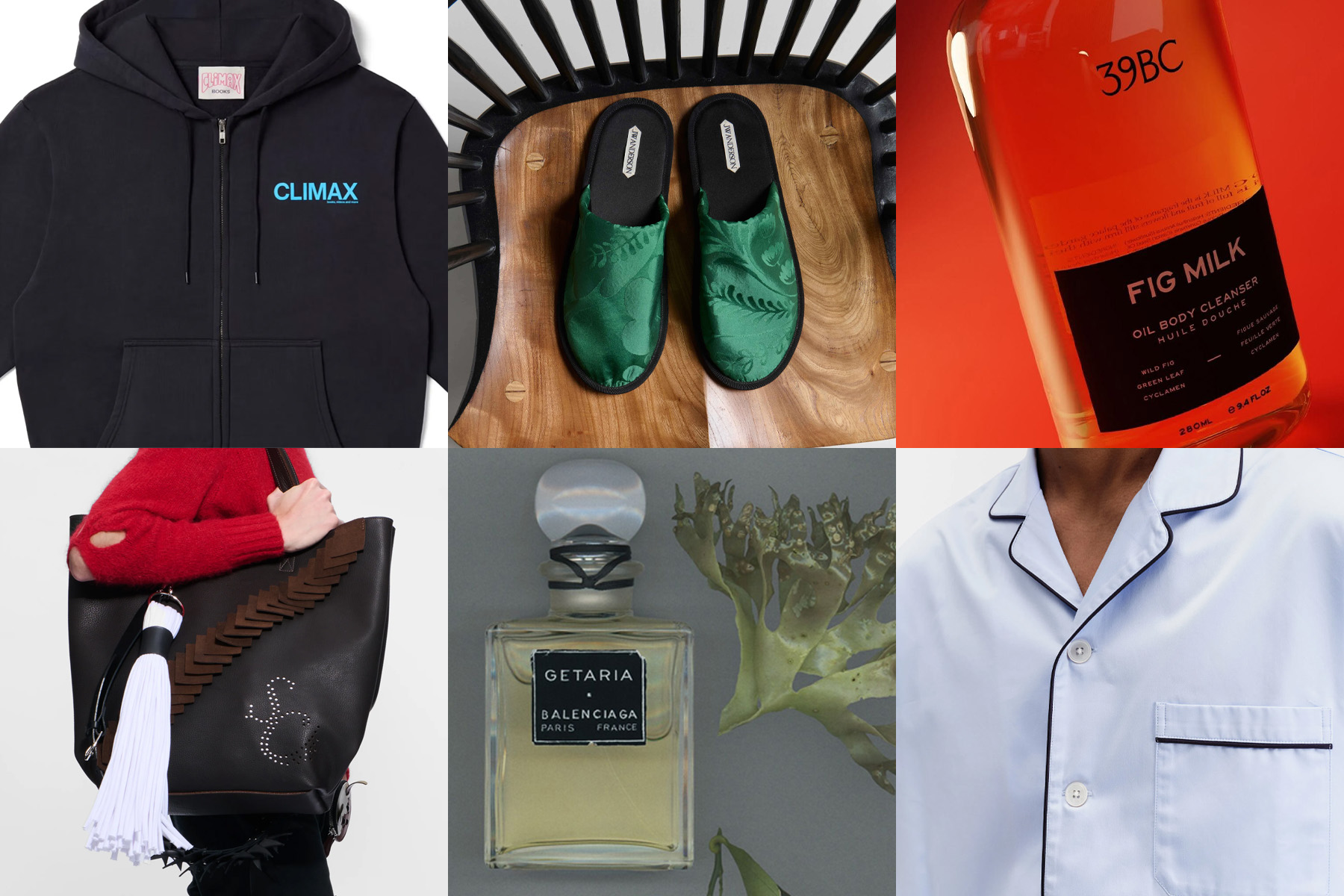 Wallpaper* Gift Guides: What our Fashion & Beauty Features Director, Jack Moss, has on his wishlist
Wallpaper* Gift Guides: What our Fashion & Beauty Features Director, Jack Moss, has on his wishlistFestive gifting is about a balance of indulgence and comfort, says Wallpaper* Fashion & Beauty Features Director Jack Moss – here encapsulated in silk slippers, classic pyjamas and an oil cleanser based on ancient bathing rituals
-
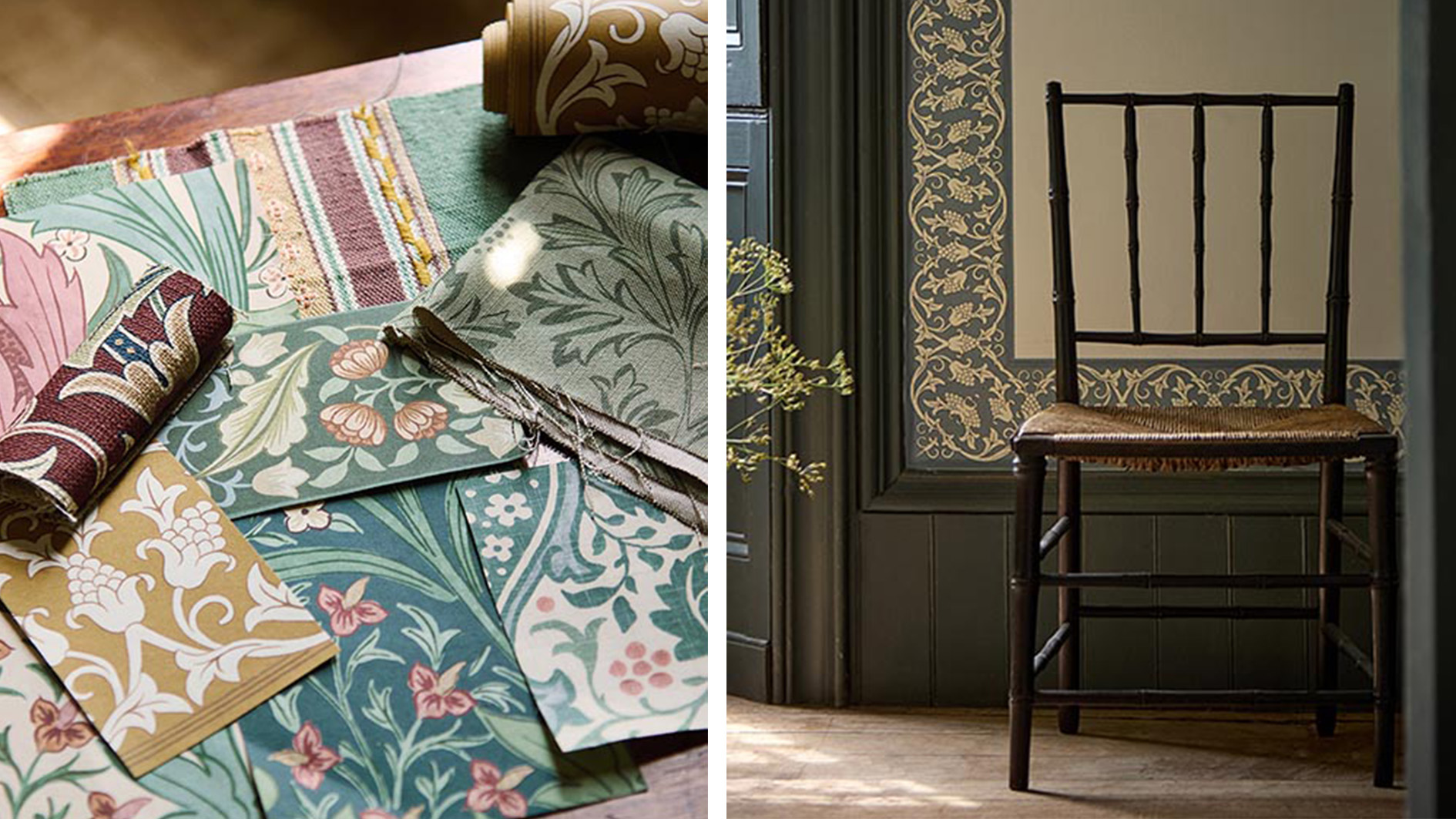 Lost William Morris designs are being revived and completed for a new collection
Lost William Morris designs are being revived and completed for a new collectionWhen The Huntington in California discovered incomplete William Morris designs in its archive, the museum partnered with Morris & Co. to bring the them to life in 'The Unfinished Works'
-
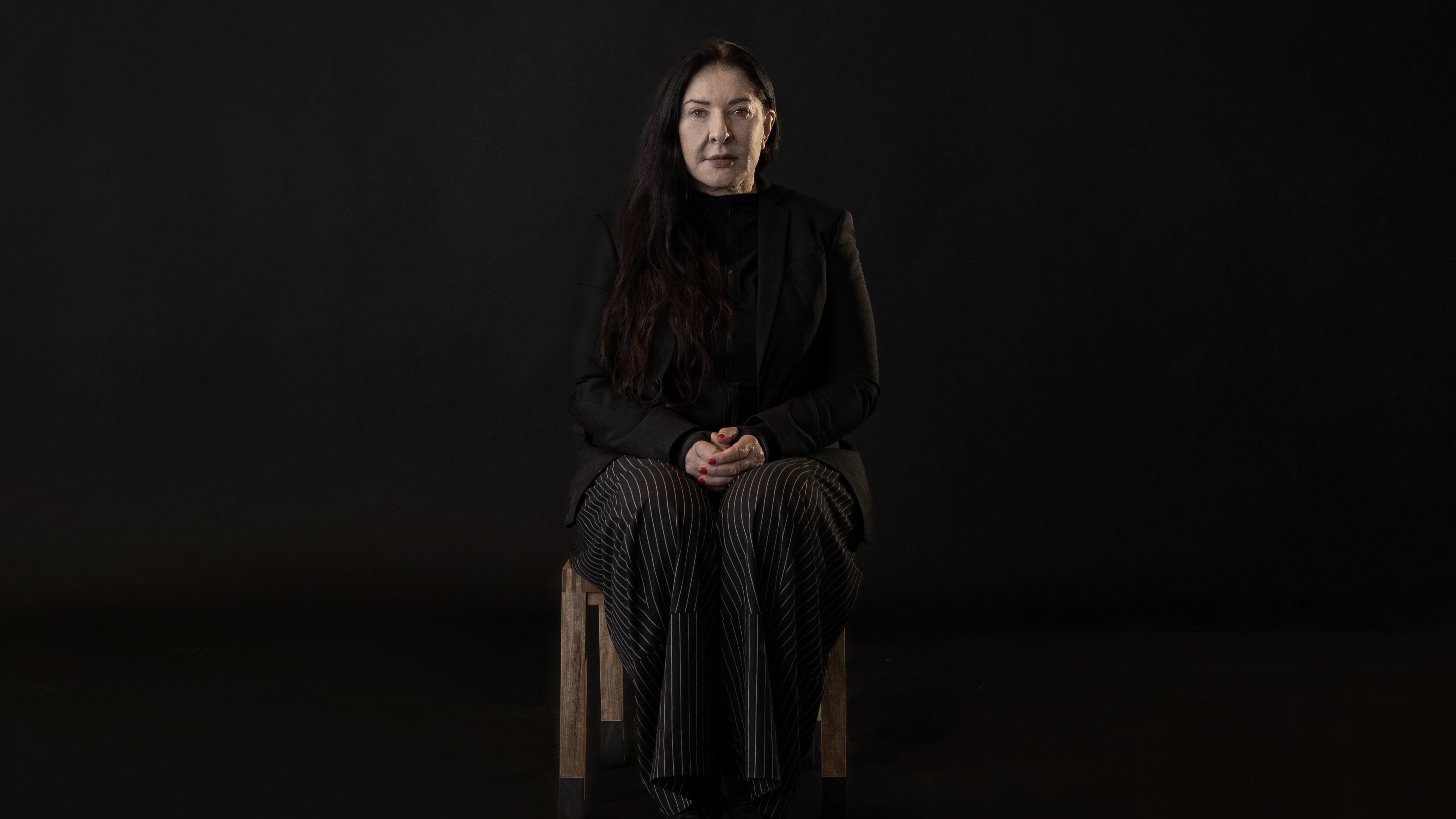 ‘Nothing just because it’s beautiful’: Performance artist Marina Abramović on turning her hand to furniture design
‘Nothing just because it’s beautiful’: Performance artist Marina Abramović on turning her hand to furniture designMarina Abramović has no qualms about describing her segue into design as a ‘domestication’. But, argues the ‘grandmother of performance art’ as she unveils a collection of chairs, something doesn’t have to be provocative to be meaningful
-
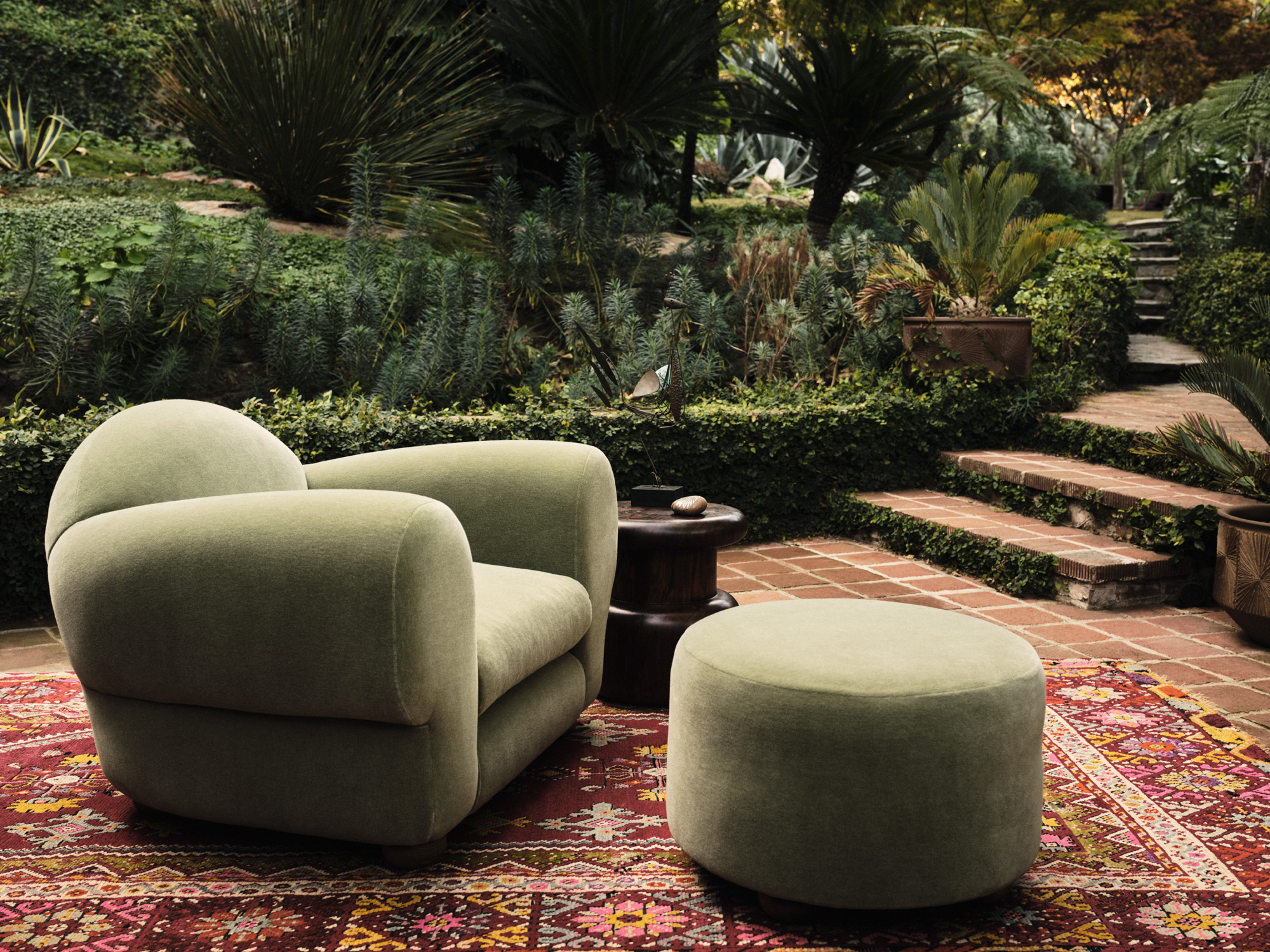 First look: Commune Design’s Muffin collection looks good enough to eat
First look: Commune Design’s Muffin collection looks good enough to eatLos Angeles design practice Commune and London’s George Smith celebrate a decade of collaboration with a new furniture range
-
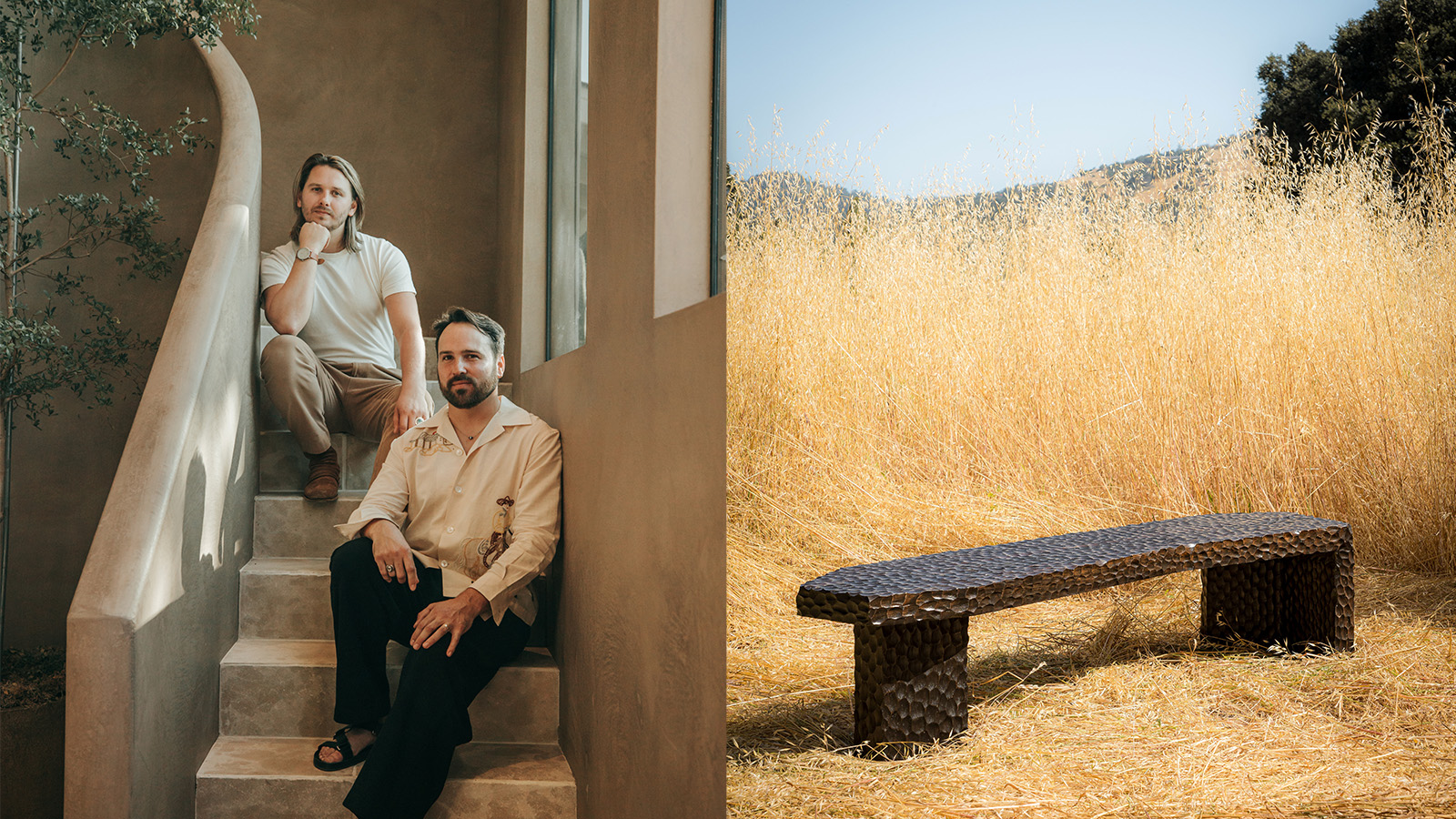 One to Watch: Haus of Hommeboys’ new furniture is inspired by the golden hues of California and its ebony veining left by wildfires
One to Watch: Haus of Hommeboys’ new furniture is inspired by the golden hues of California and its ebony veining left by wildfiresHaus of Hommeboys, by Austin Carrier and Alex Mutter-Rottmayer, is a custom millwork and cabinetry studio, and furniture atelier creating ‘objects that feel worthy of being called art ’
-
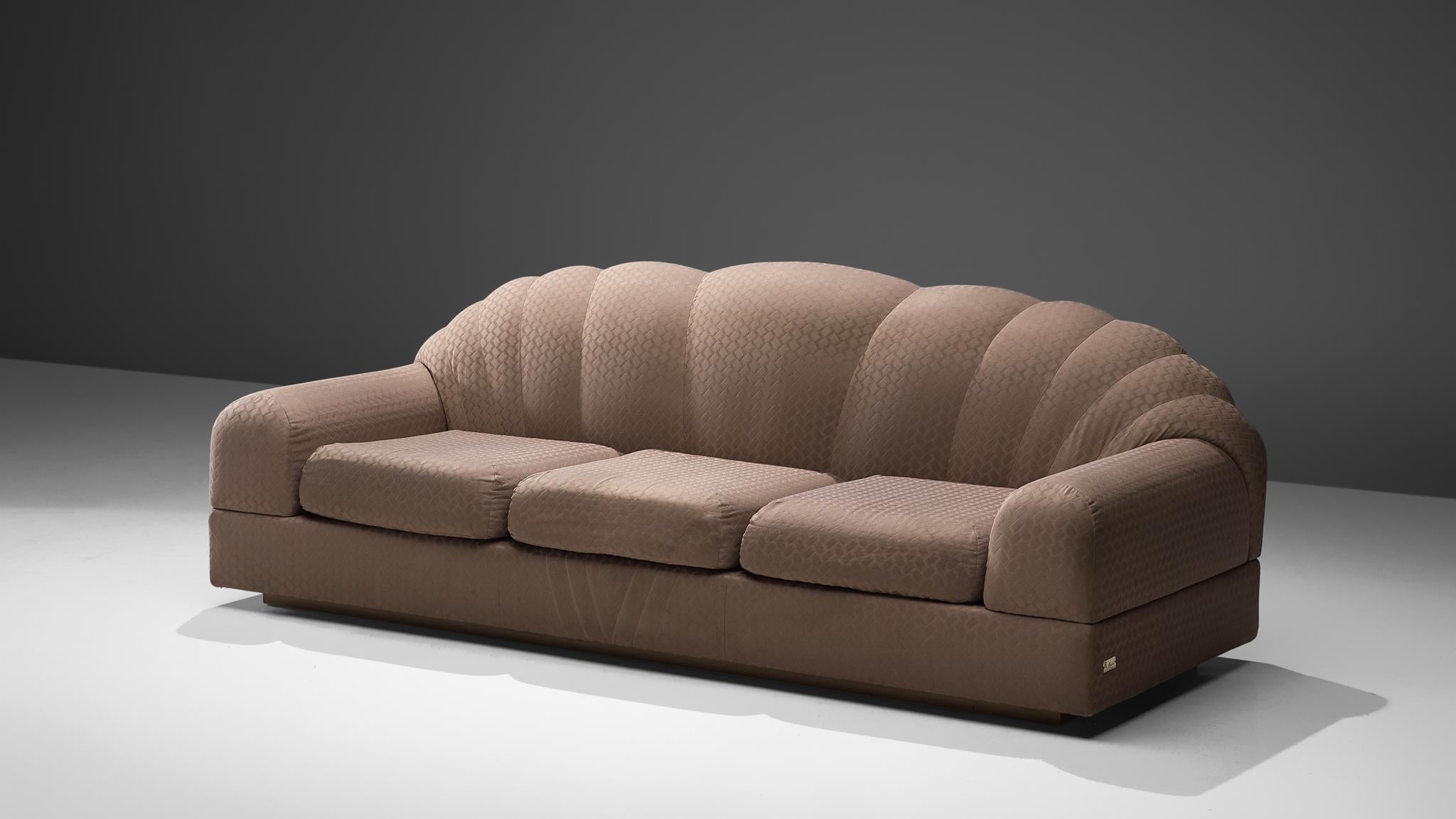 Alain Delon’s forgotten fling with furniture
Alain Delon’s forgotten fling with furnitureA giant of French cinema and a man of many talents; as the world mourns Alain Delon, we revisit his 70s furniture collection which showcased a deft talent for design
-
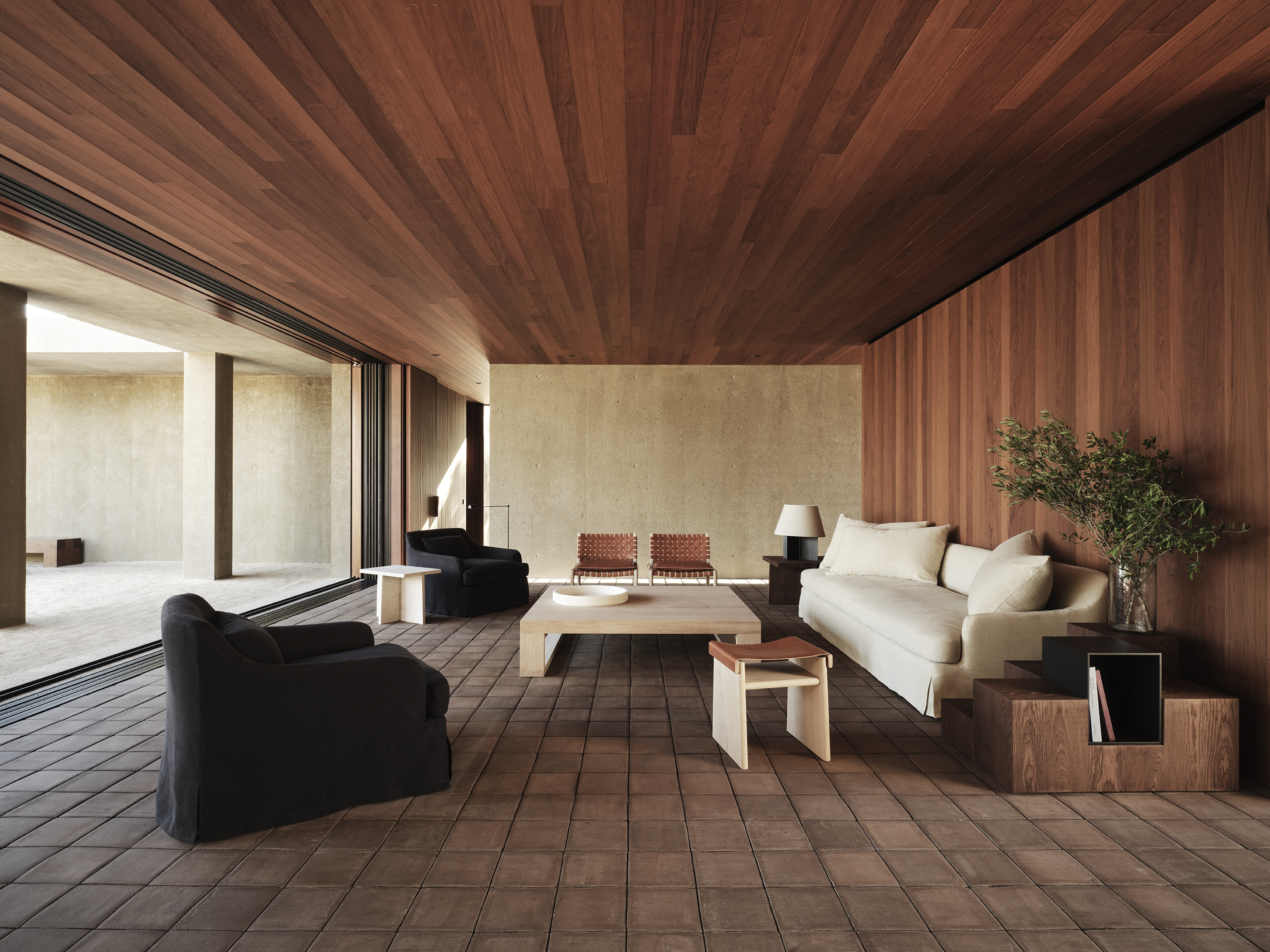 Year in review: top 10 furniture launches of 2022, selected by Wallpaper* design editor Rosa Bertoli
Year in review: top 10 furniture launches of 2022, selected by Wallpaper* design editor Rosa BertoliTop 10 furniture launches of 2022, as picked by Wallpaper’s Rosa Bertoli, from office furniture to sustainable initiatives and new collaborations
-
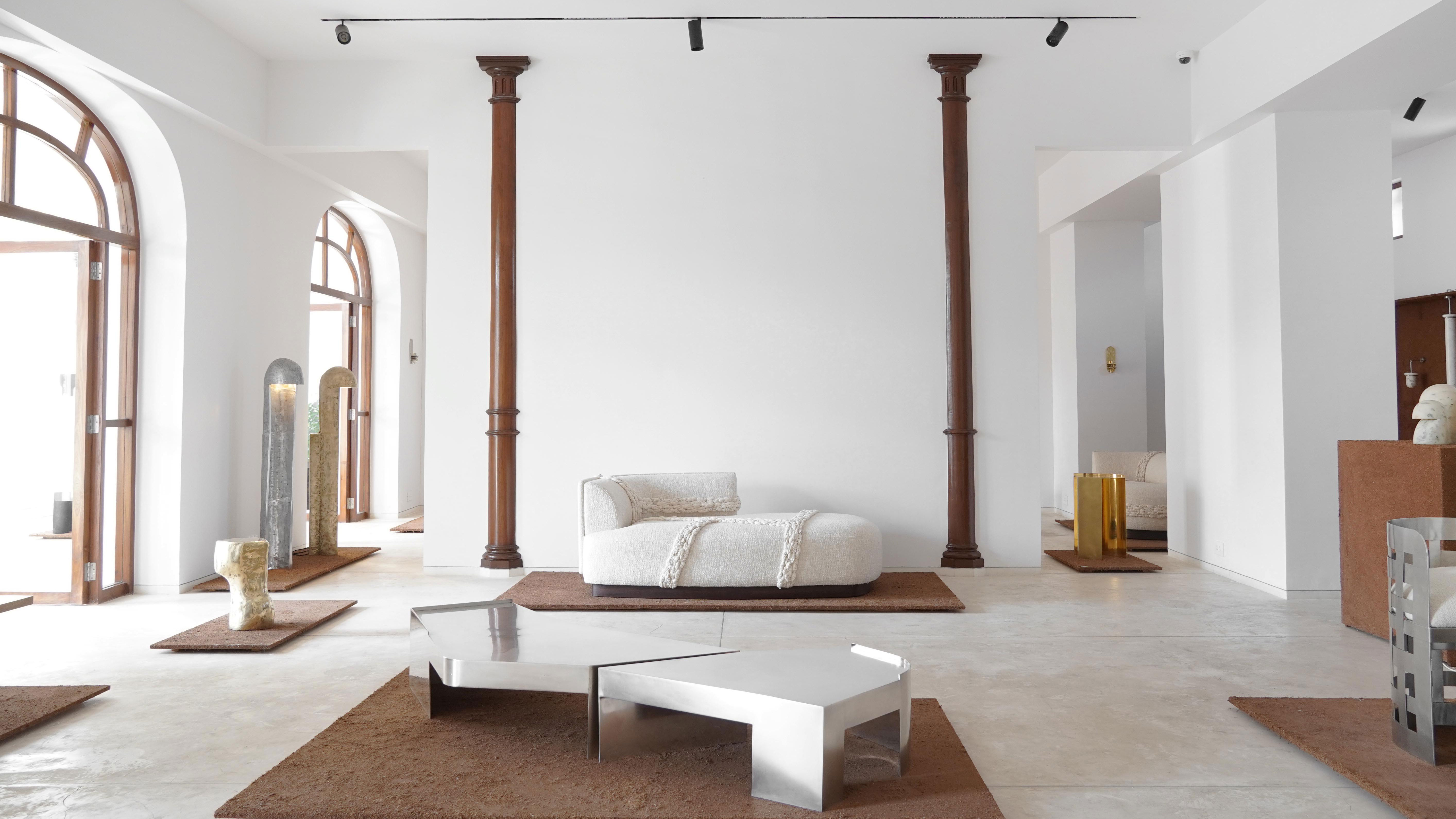 Meet Æquō, the Indian design gallery presenting the antiquities of the future
Meet Æquō, the Indian design gallery presenting the antiquities of the futureFounded by Tarini Jindal Handa, Æquō offers an insight into the multiple personalities of Indian craft